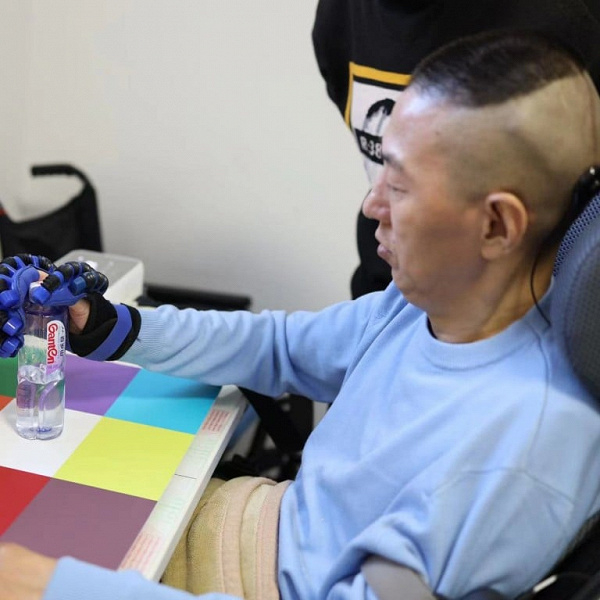The creators of the development claim that it is safer than Elon Musk’s Neuralink
Chinese scientists from Tsinghua University managed to restore some motor functions to a paralyzed patient using a neuroimplant called Neural Electronic Opportunity (NEO). Let us remind you that the other day Elon Musk’s Neuralink company announced that the first person received an implant implanted in the brain and is now recovering, but did not provide details.
As for the Chinese patient, he has been paraplegic for 14 years after suffering a spinal cord injury due to a car accident. The chip was installed last fall, and now, after several months of training, he was able to pick up a bottle of water. Scientists reported that the patient can now eat and drink independently, and as a result of further rehabilitation and improvement of NEO algorithms, he will be able to restore the ability to perform many different movements.
The Chinese implant is less invasive and safer than the Neuralink solution, according to its creators. The compact chip, about the size of two pennies, is not implanted directly into the nerve tissue of the brain: it is placed in the epidural space between the brain and the skull. It does not have a battery: the implant is charged remotely from a short-range wireless network using a high-frequency antenna. The implant picks up nerve signals and sends them wirelessly to an external receiver attached to the scalp. The signals are then processed and transmitted to a wearable glove device, with which a person can pick up various objects.
This case was the first in China when an implant was implanted into the human brain; before this, tests were carried out on animals. The NEO system was developed over 10 years, and last fall, scientists first received government permission to conduct experiments with human participants. There is still a lot of research ahead before the implant is approved for widespread use.

